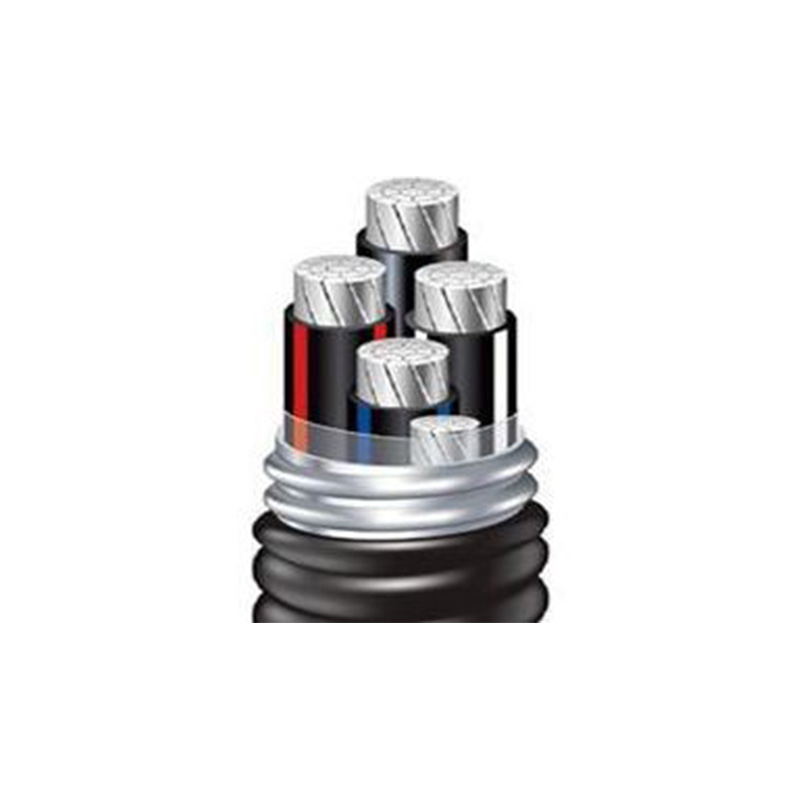10 月 . 22, 2024 02:54 Back to list
Socket End Resilient Seat Gate Valve Specifications and Applications Guide
Socket End Resilient Seat Gate Valve An Overview
In today's increasingly complex industrial environment, the demand for reliable and efficient valve solutions has never been higher. Among these, the socket end resilient seat gate valve has emerged as a critical component for various applications, particularly in water supply, sewage systems, and industrial processes. This article will delve into the characteristics, benefits, and applications of socket end resilient seat gate valves, providing a comprehensive understanding of this essential piece of equipment.
What is a Socket End Resilient Seat Gate Valve?
A socket end resilient seat gate valve is a type of valve designed to control the flow of fluid in a pipeline. It is specifically engineered to provide a tight seal, preventing leakage when the valve is closed. The term socket end refers to the valve's connection type, which is typically designed for easy integration into systems via socket welding or other fitting methods. Resilient seat indicates that the valve uses a flexible material, usually rubber or elastomer, to form the sealing surface, allowing for effective sealing under a variety of pressures and temperatures.
Key Features
1. Durability The materials used in constructing socket end resilient seat gate valves are often resistant to corrosion and wear, which extends their lifespan and reduces maintenance costs. Common materials include cast iron, ductile iron, and various alloys.
2. Corrosion Resistance Many valves are coated with protective materials that enhance their resistance to environmental factors, making them ideal for use in aggressive media, such as wastewater or chemicals.
3. Low Flow Resistance The design of these valves typically allows for minimal obstruction when fully open, ensuring that there is little resistance to the flow of fluid. This is especially critical in systems where fluid dynamics are important.
4. Ease of Installation The socket end feature allows for straightforward installation into piping systems, reducing labor costs and installation time while ensuring a secure and tight fit.
5. Versatility These valves can be used in a variety of applications, including municipal water supply, fire protection systems, industrial processing, and HVAC systems.
Benefits of Using Socket End Resilient Seat Gate Valves
Using socket end resilient seat gate valves in pipeline systems provides a multitude of benefits
socket end resilinet seat gate valve

- Leakage Prevention The resilient seat design minimizes the chance of leaks in both high-pressure and low-pressure systems, ensuring a more reliable operation.
- Maintenance-Friendly Their robust design and resistance to wear make these valves easier and less costly to maintain compared to traditional valves
. This leads to increased uptime for systems and reduced operational costs.- Energy Efficiency With low flow resistance, these valves help in reducing energy consumption during fluid transport, making them environmentally friendly.
- Safety Highly reliable sealing ensures that there is a reduced risk of hazardous leaks, which is essential in industrial settings where safety is a paramount concern.
Applications
Socket end resilient seat gate valves find application in various fields, including
- Municipal Water Systems For regulating the flow of water in distribution networks, ensuring safe drinking water supply.
- Wastewater Treatment Controlling effluent and influent streams to optimize treatment processes and maintain regulatory compliance.
- Industrial Operations Used in numerous manufacturing processes to manage the flow of fluids, whether for cooling, heating, or chemical transport.
- Fire Protection Ensuring the reliable operation of fire suppression systems that are crucial for safety in buildings and industrial sites.
Conclusion
In summary, socket end resilient seat gate valves are vital components in modern fluid management systems. Their durability, corrosion resistance, and ease of installation make them a preferred choice across various industries. As we continue striving for efficiency and reliability in fluid handling, these valves will undoubtedly play a significant role in achieving these goals. Investing in high-quality socket end resilient seat gate valves is essential for any operation demanding consistent and safe flow control.
Share
-
Understanding the Differences Between Wafer Type Butterfly Valve and Lugged Butterfly ValveNewsOct.25,2024
-
The Efficiency of Wafer Type Butterfly Valve and Lugged Butterfly ValveNewsOct.25,2024
-
The Ultimate Guide to Industrial Swing Check Valve: Performance, Installation, and MaintenanceNewsOct.25,2024
-
Superior Performance with Industrial Swing Check Valve: The Essential Valve for Any SystemNewsOct.25,2024
-
Industrial Swing Check Valve: The Ideal Solution for Flow ControlNewsOct.25,2024
-
You Need to Know About Industrial Swing Check Valve: Functionality, Scope, and PerformanceNewsOct.25,2024